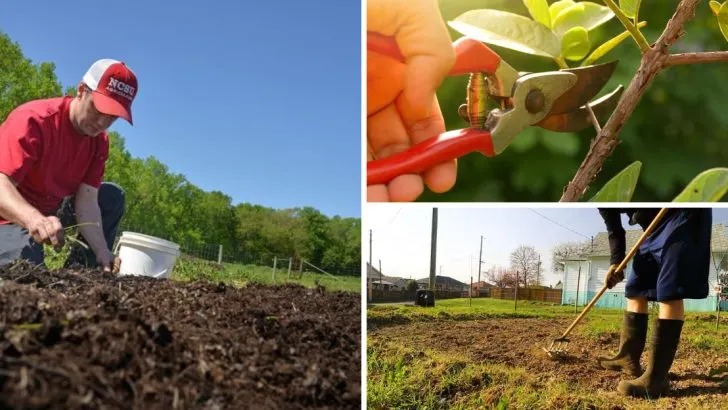As the days start to warm up, it’s the perfect time to get your garden ready for the vibrant growth and color of spring. The transition from winter to spring can be a busy time for gardeners, but with the right preparation, you can set yourself up for a thriving season ahead. A little planning and work now can make all the difference when it comes to enjoying a garden full of blooms in the coming months.
In this article, we’ll walk you through 16 essential tasks that will help you prepare your garden for spring. From cleaning up your garden beds to planning for new plantings, these tasks are key to getting your space in top shape for the season. With just a bit of effort, you’ll be able to sit back, relax, and enjoy a flourishing garden when the warmer weather arrives.
Soil Testing
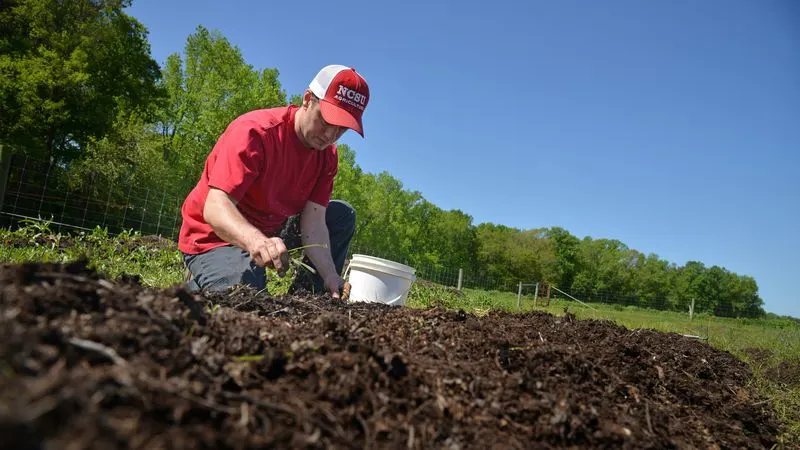
Testing your soil is crucial to determine its pH and nutrient levels. Begin by collecting samples from different areas of your garden.
Use a reliable soil testing kit to analyze the samples. This information will guide you in adjusting the soil composition, ensuring optimal conditions for plant growth.
Amend the soil with lime or sulfur based on the results. Nutrient deficiencies can be addressed with balanced fertilizers.
By understanding your soil’s needs, you’ll create a thriving environment for your plants. Regular testing can prevent problems and promote healthier growth throughout the season.
Pruning Dormant Plants
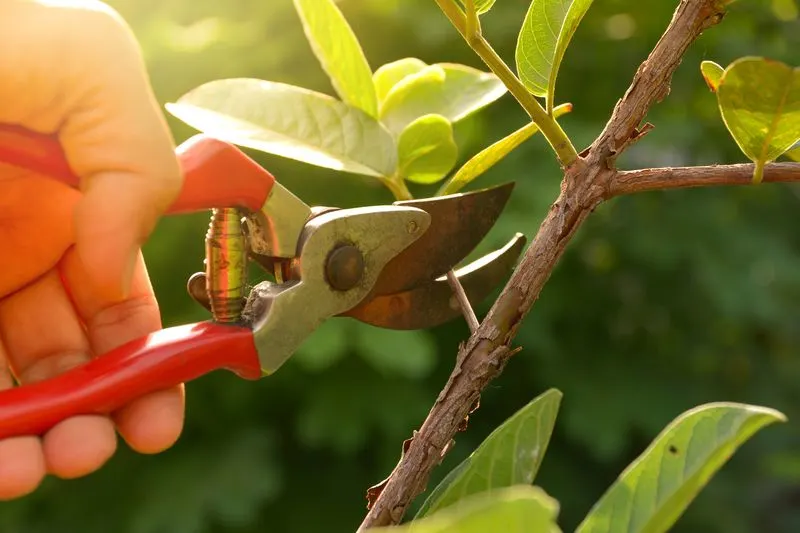
Pruning dormant plants encourages healthy new growth. Start with your trees and shrubs.
Remove dead or diseased branches to prevent infection. Cut back overgrown areas to maintain shape and improve air circulation.
Use sharp, clean tools to make precise cuts. This task not only enhances the plant’s aesthetic appeal but also improves its overall health.
Regular pruning can result in more robust blooms and foliage. Don’t forget to dispose of the clippings properly to avoid spreading disease.
This simple yet effective task can make a significant difference in your garden’s appearance.
Cleaning Garden Beds
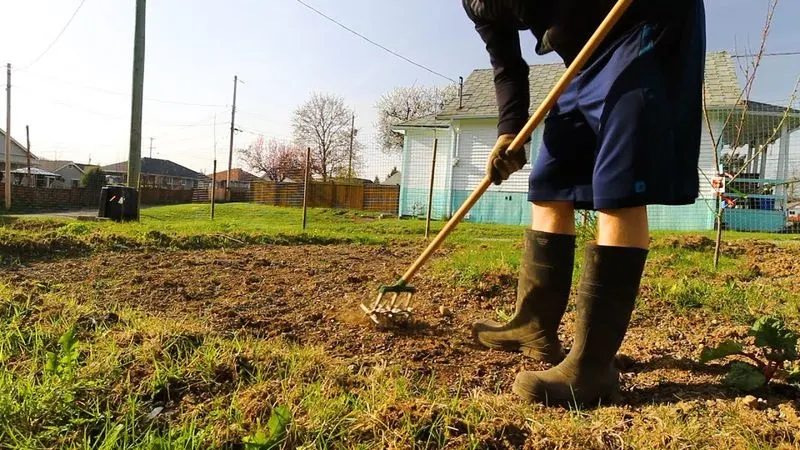
Cleaning your garden beds is essential for a fresh start. Begin by removing dead leaves, weeds, and any debris.
This helps prevent disease and pests from overwintering. Use a rake or your hands to gently clear the area.
Once cleared, you can add a layer of compost to enrich the soil. This process not only tidies the space but also prepares it for new plantings.
Regular cleaning keeps your garden healthy and attractive. It’s a rewarding task that sets the stage for a successful growing season, allowing your plants to thrive in a clean environment.
Starting Seeds Indoors
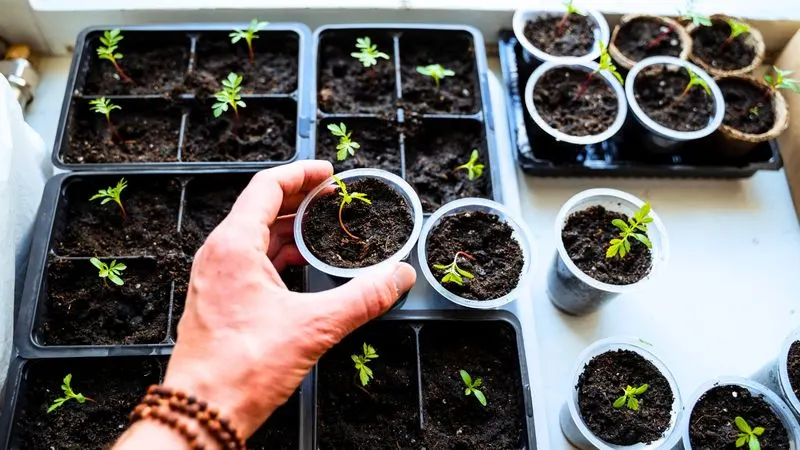
Starting seeds indoors gives you a head start on the growing season. Choose seeds suitable for early planting, like tomatoes or peppers.
Sow them in small pots or seed trays using a quality seed-starting mix. Place the trays in a warm location with plenty of light.
Water them carefully to maintain moisture. As the seedlings grow, thin them out to prevent overcrowding.
This practice allows you to control the growing conditions, leading to stronger plants. Transplant the seedlings outdoors once the risk of frost has passed, ensuring a seamless transition to your garden.
Mulching
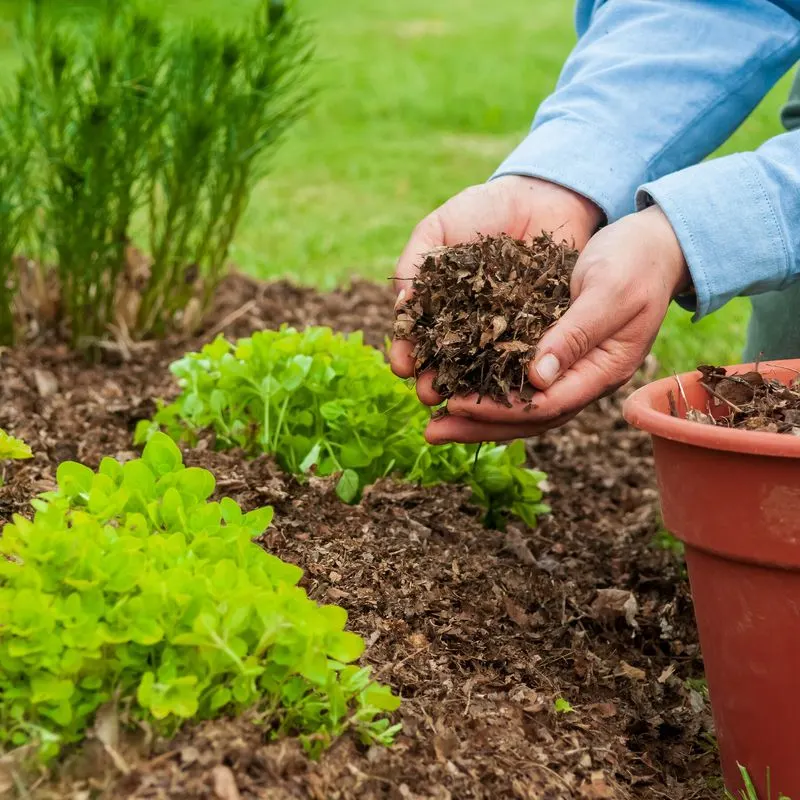
Mulching is a vital task for moisture retention and weed control. Apply a layer of organic mulch to your garden beds.
This helps regulate soil temperature and conserves water. Mulch also suppresses weeds, reducing competition for nutrients.
Choose materials like shredded bark or straw for best results. Spread it evenly, avoiding direct contact with plant stems.
Mulching not only beautifies the garden but also creates a healthier growing environment. It’s an easy, effective way to enhance soil quality.
Regular mulching can make your garden more resilient and productive, supporting vibrant plant growth.
Checking Garden Tools
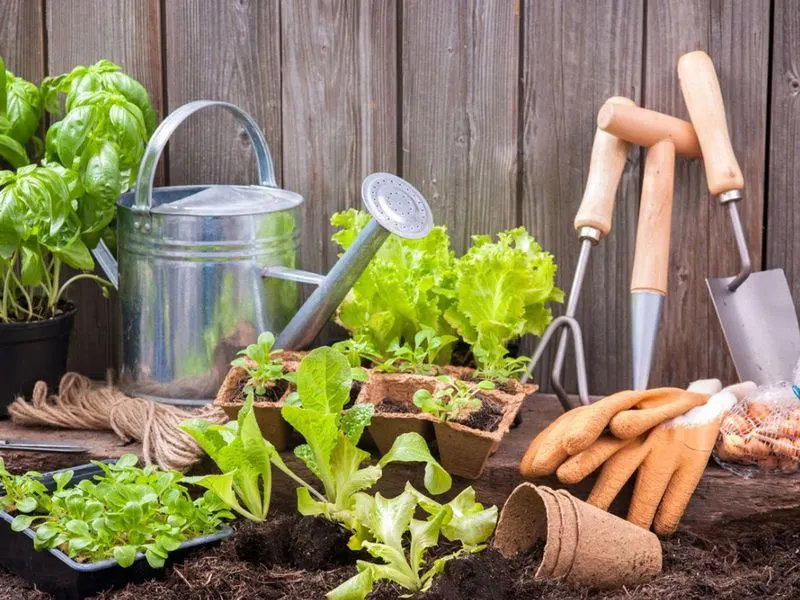
Before the planting season begins, check your garden tools. Clean, sharpen, and oil them to ensure they’re in top condition.
Well-maintained tools make gardening tasks easier and more efficient. Inspect items like shovels, pruners, and trowels for rust or damage.
Repair or replace anything that’s beyond repair. Properly cared-for tools extend their lifespan and improve your gardening experience.
Organize them in a way that’s easily accessible. This simple task can save time and effort during the busy spring season, helping you stay focused on nurturing your plants.
Composting
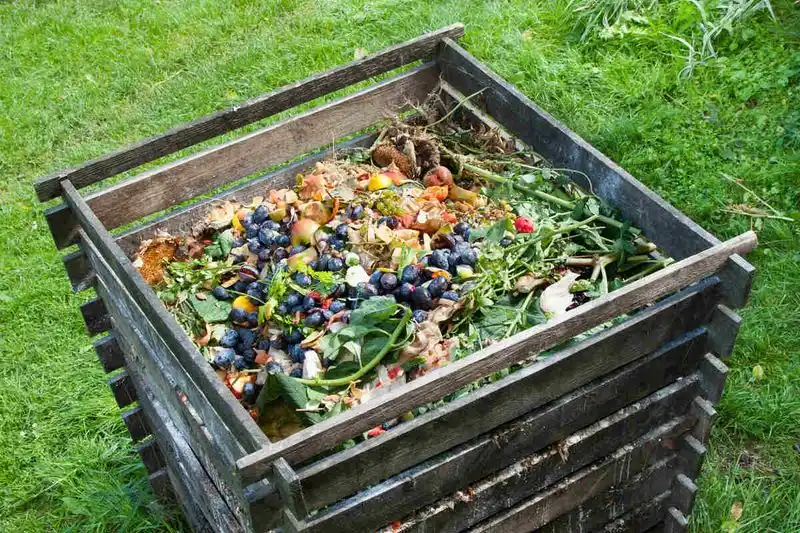
Composting turns kitchen scraps and garden waste into nutrient-rich soil. Set up a compost bin in a convenient location.
Add organic materials such as vegetable peelings, coffee grounds, and grass clippings. Turn the pile regularly to speed up the decomposition process.
Over time, this will break down into rich compost that can be used to nourish your garden. Composting reduces waste and enhances soil fertility.
It’s an eco-friendly practice that supports sustainable gardening. By creating your own compost, you’ll enrich your soil organically, promoting healthy plant growth and a flourishing garden.
Planting Perennials
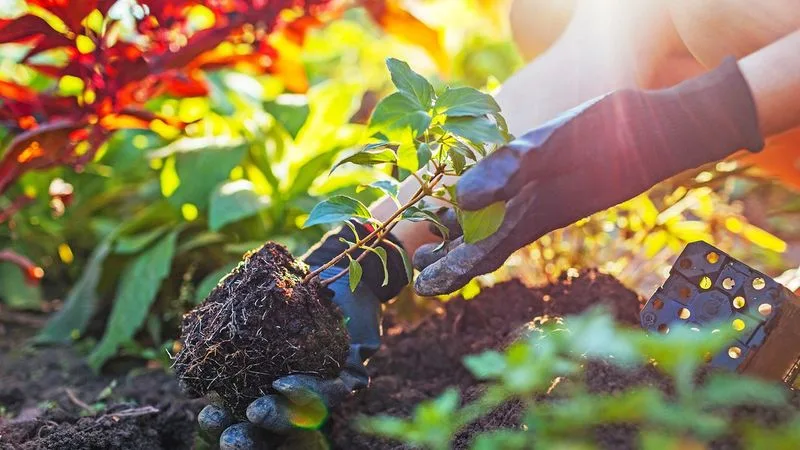
Planting perennials provides long-term beauty and structure. Choose perennials that suit your climate and soil.
Dig holes twice the width of the root ball and place the plants in the prepared holes. Water them thoroughly to settle the soil.
Perennials return year after year, offering continuous color and form. They require less maintenance than annuals once established.
Mixing different varieties can create dynamic visual interest. This task sets the foundation for a vibrant garden that evolves over time.
By investing in perennials, you’ll enjoy a garden that matures gracefully with each passing season.
Edging Garden Beds
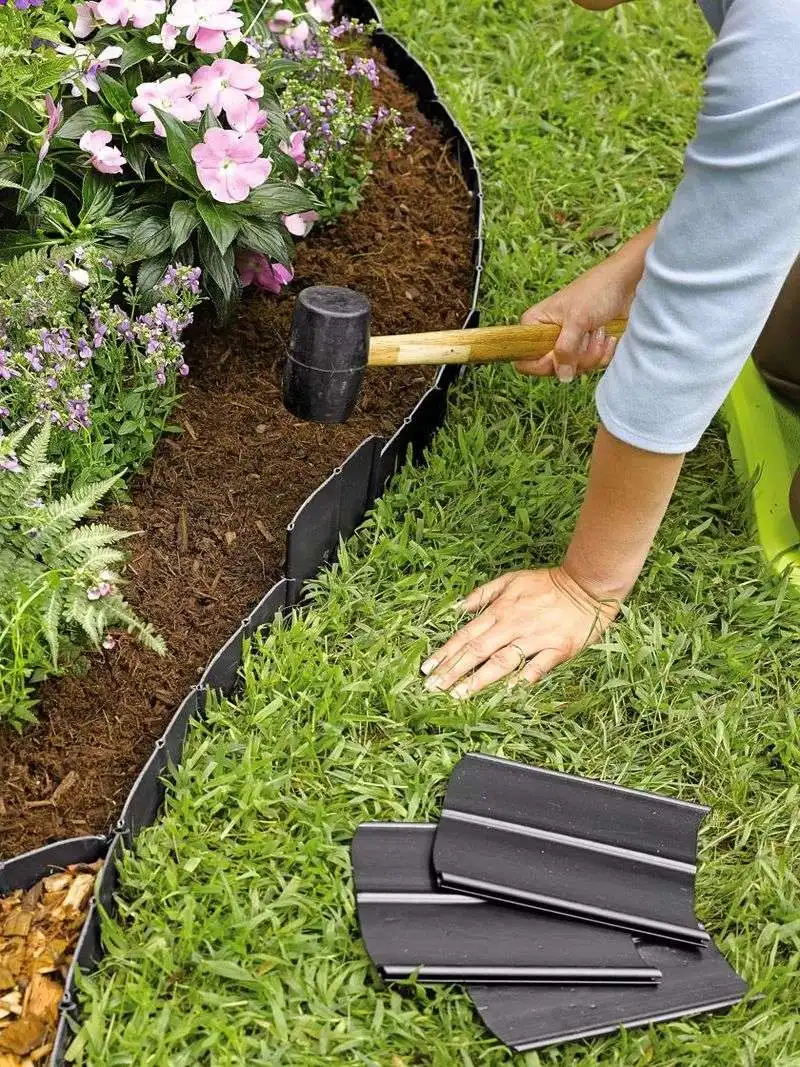
Edging creates a polished look for your garden beds. Use a sharp spade or edging tool to define clear boundaries.
This not only enhances the garden’s appearance but also keeps grass and weeds from encroaching. Well-defined edges make maintenance easier and help retain mulch.
It’s a simple way to add structure and elegance to your garden. By setting aside time for edging, you’ll create a more organized and attractive landscape.
This task complements other garden preparations, contributing to a cohesive and inviting outdoor space that’s ready for springtime enjoyment.
Planning Your Layout
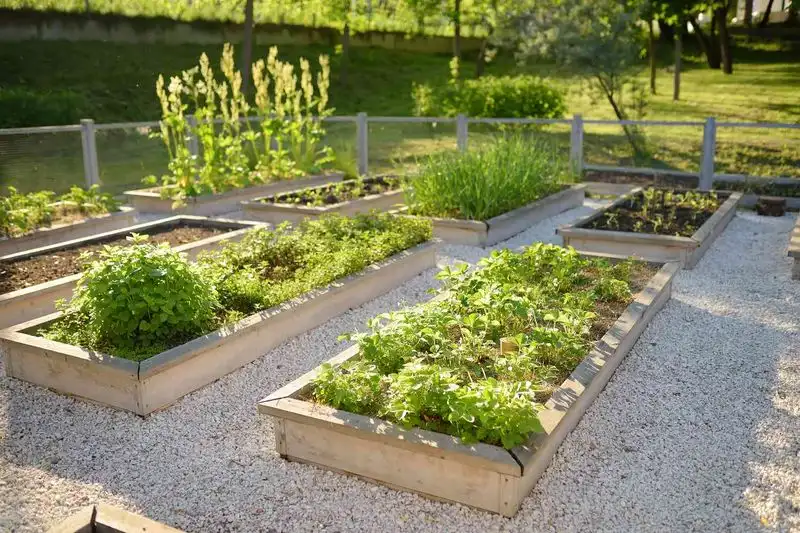
Planning your garden layout optimizes space and resources. Start by sketching a design, taking sunlight and plant compatibility into account.
Consider companion planting to enhance growth. A well-thought-out plan prevents overcrowding and improves access.
By visualizing the layout, you’ll ensure each plant has enough room to thrive. This task helps you make informed decisions about plant placement.
It’s an opportunity to experiment with different arrangements. A carefully planned layout can increase your garden’s productivity and aesthetic appeal, leading to a more satisfying and successful gardening experience.
Weed Control
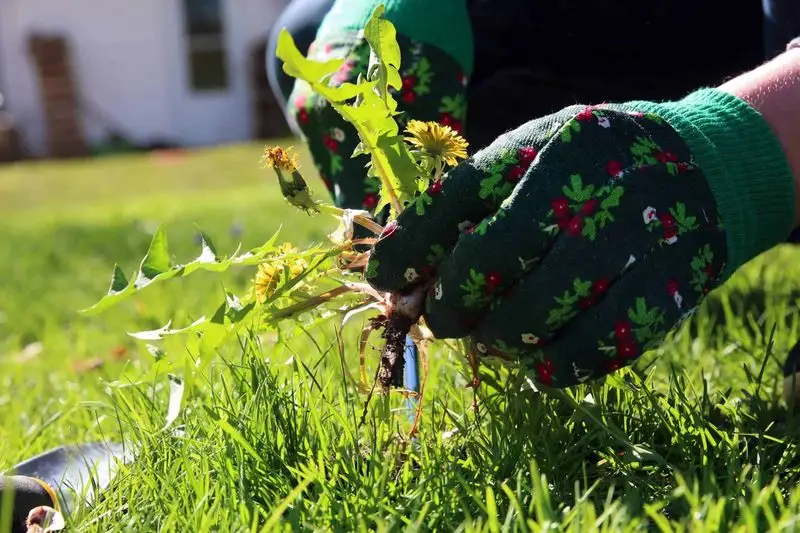
Weed control is essential for maintaining a healthy garden. Start by removing weeds manually or using a hoe.
Focus on young weeds before they seed. Consistent weeding prevents competition for nutrients and water.
Consider using natural weed barriers like mulch or ground covers. These options suppress weeds without chemicals.
Regular weeding keeps your garden looking tidy and promotes healthier plants. By staying vigilant, you’ll reduce the time spent on this task later.
Effective weed control is a key part of garden maintenance, ensuring your plants have the best chance to flourish.
Irrigation System Check
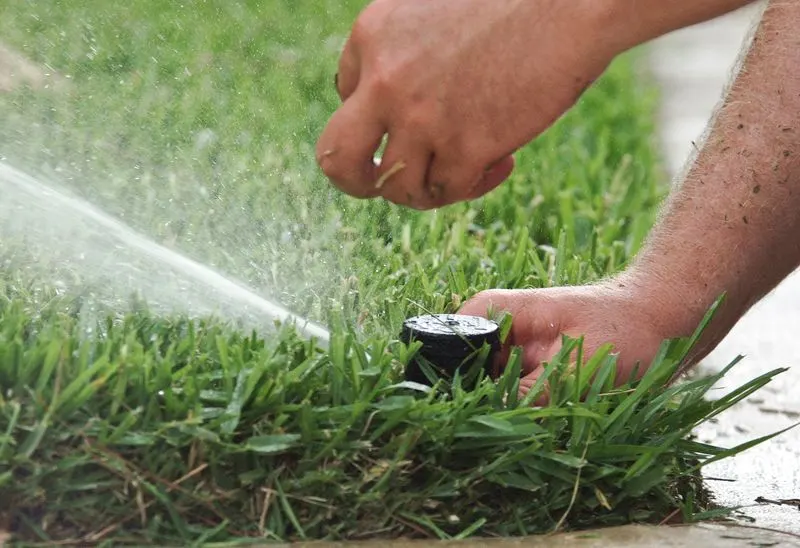
Checking your irrigation system ensures efficient watering. Inspect hoses, sprinklers, and drip lines for leaks or blockages.
Make necessary repairs to optimize performance. A well-functioning system conserves water and supports plant health.
Adjust timers to suit seasonal needs. By maintaining your irrigation setup, you’ll minimize water waste and prevent overwatering.
This task is crucial for gardens in dry climates or during prolonged dry spells. Regular checks keep your system running smoothly, allowing you to focus on other gardening tasks.
It’s an investment in sustainable and effective watering practices.
Pest Control Preparation
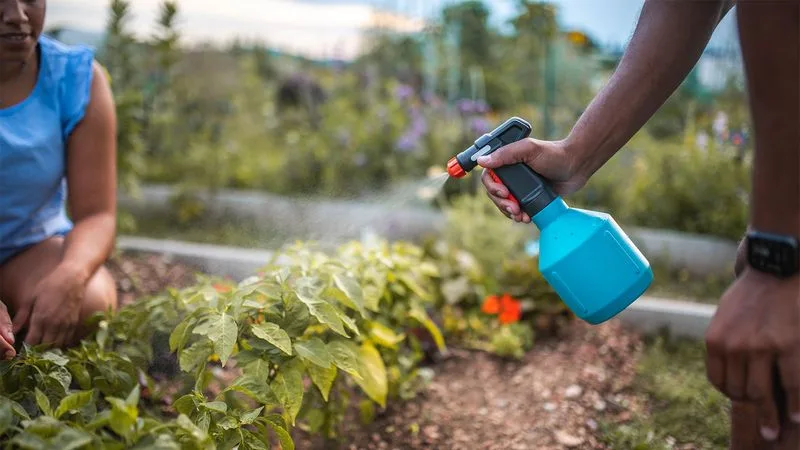
Preparing for pest control protects your plants from damage. Identify common pests in your area and research control methods.
Consider natural options like neem oil or insecticidal soap. These reduce reliance on chemicals and support environmental health.
By preparing early, you can respond quickly to infestations. Regular monitoring helps catch problems before they escalate.
Keep beneficial insects in mind, as they help control pest populations. This task is about being proactive, ensuring your garden remains healthy and productive.
Effective pest control is an essential part of a successful gardening strategy.
Fertilizing
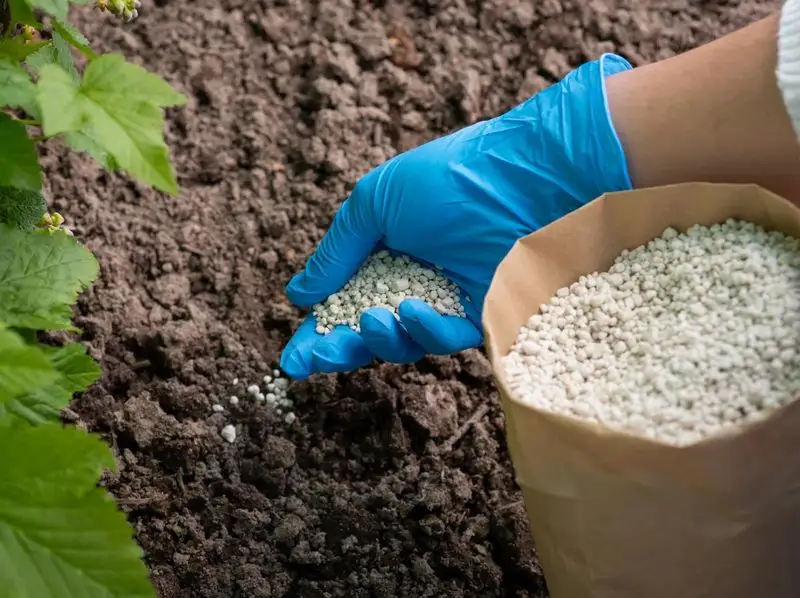
Fertilizing enriches the soil with essential nutrients. Choose a balanced, organic fertilizer suited to your plants’ needs.
Apply it according to label instructions to avoid over-fertilization. This task boosts plant growth and improves yield.
Consider slow-release options for sustained nourishment. Fertilizing at the start of the season sets your garden up for success.
It’s an opportunity to correct any nutrient deficiencies. Regular feeding supports vibrant blooms and vigorous growth.
By investing in quality fertilizers, you’ll enhance your garden’s health and productivity, enjoying the rewards of a bountiful spring.
Pathway Maintenance
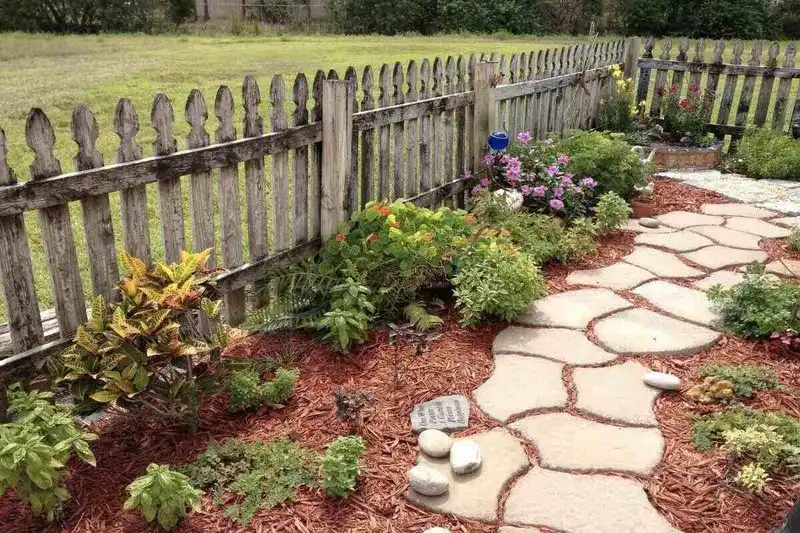
Maintaining garden pathways ensures safe and easy access. Start by clearing debris and repairing any damage.
Check for loose stones or bricks and reset them if necessary. Regular maintenance prevents accidents and preserves the pathway’s appearance.
Consider adding decorative touches like solar lights or edging. A well-kept pathway enhances the overall look of your garden.
It’s a practical task that contributes to a welcoming atmosphere. By keeping pathways clear and in good condition, you’ll create an inviting space for relaxation and enjoyment, complementing the beauty of your garden.
Bird and Pollinator Support
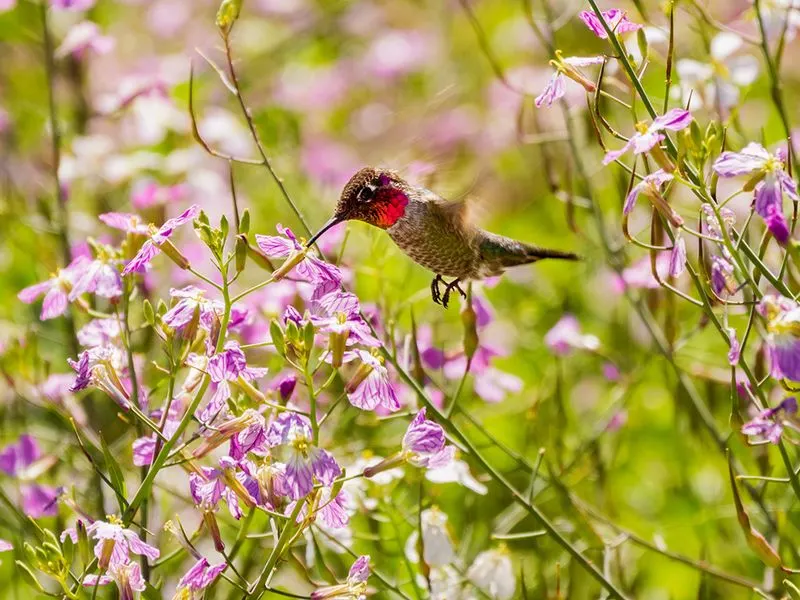
Supporting birds and pollinators enriches your garden’s ecosystem. Install bird feeders and baths to attract a variety of species.
Consider planting flowers that provide nectar and pollen. These efforts promote biodiversity and enhance plant health.
By supporting pollinators, you improve fruit and flower production. Creating habitats like bee hotels can further encourage beneficial insects.
This task not only beautifies your garden but also plays a role in conservation. By fostering a diverse ecosystem, you contribute to the health and vitality of your garden, ensuring it thrives with life and color.

